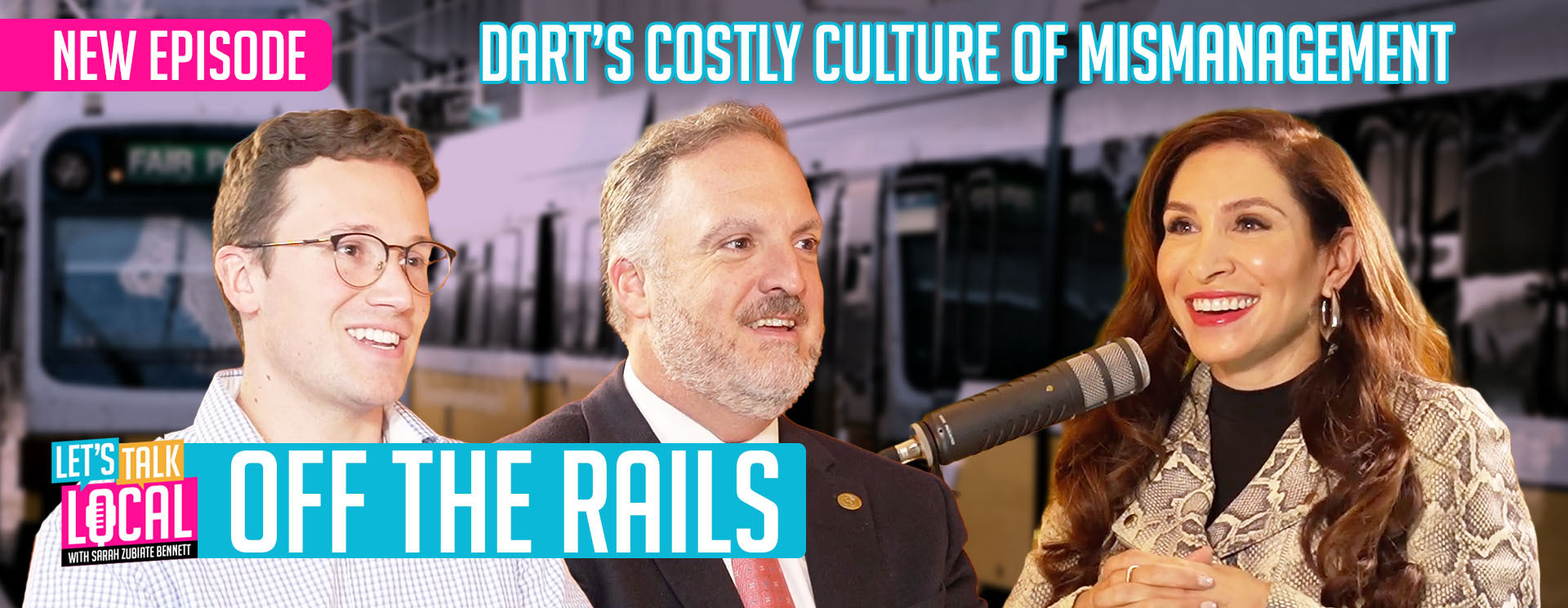A U.S. district judge admonished Texas officials for their handling and regulation of foster care facilities at a hearing last week.
Judge Janis Graham Jack said that the Texas Health and Human Services Commission (HHSC) mishandled investigations of regulatory violations and prematurely removed facilities from regulatory checks known as heightened monitoring.
Heightened monitoring requires HHSC to increase oversight and tracking of facilities that are deemed to show a pattern of safety and conduct violations.
The judge claimed that HHSC dropped 21 foster care centers from the heightened monitoring program in 2022 while the centers were still operating in a suspect manner.
“It takes such a callous mind and a callous operation to interpret the heightened monitoring standards to take these facilities off when the children are still at risk,” Jack said of the decisions in these 21 cases.
The case against HHSC began in 2015 when Jack ruled that the agency violated the children’s constitutional rights by exposing them to an unreasonable risk of harm. At the time, Jack wrote that children “age out of [foster] care more damaged than when they entered.”
The judge ordered the agency to increase oversight, enhance investigations into abuse, and build software to monitor child-on-child aggression. The State of Texas appealed, but the New Orleans-based 5th Circuit Court of Appeals upheld Jack’s orders.
Examples of poor conditions and abuse were revealed in court.
A Houston-based facility was reportedly infested with rats and cockroaches just two weeks before being dropped from heightened monitoring programs. It was also revealed that, at 73% of the facilities, state investigations into abuse, neglect, or exploitation were closed after the heightened monitoring requirement was dropped.
Concerns over foster care conditions have reportedly heightened in the aftermath of the Dobbs Supreme Court decision that overturned Roe v. Wade. Some activists have claimed that the Texas foster care system could be overwhelmed in the wake of that decision, but so far, these predictions have failed to materialize.
From December 2019 to December 2022, the foster care population sustained a 27.6% reduction in the number of children in long-term care.


